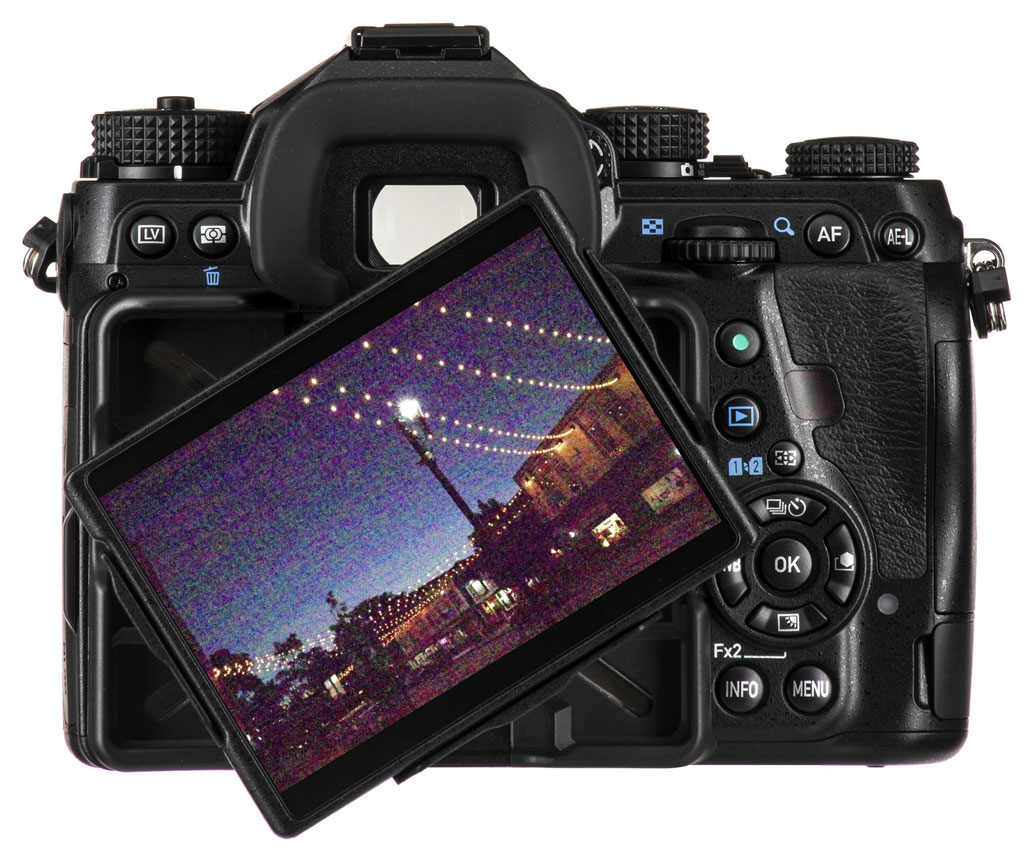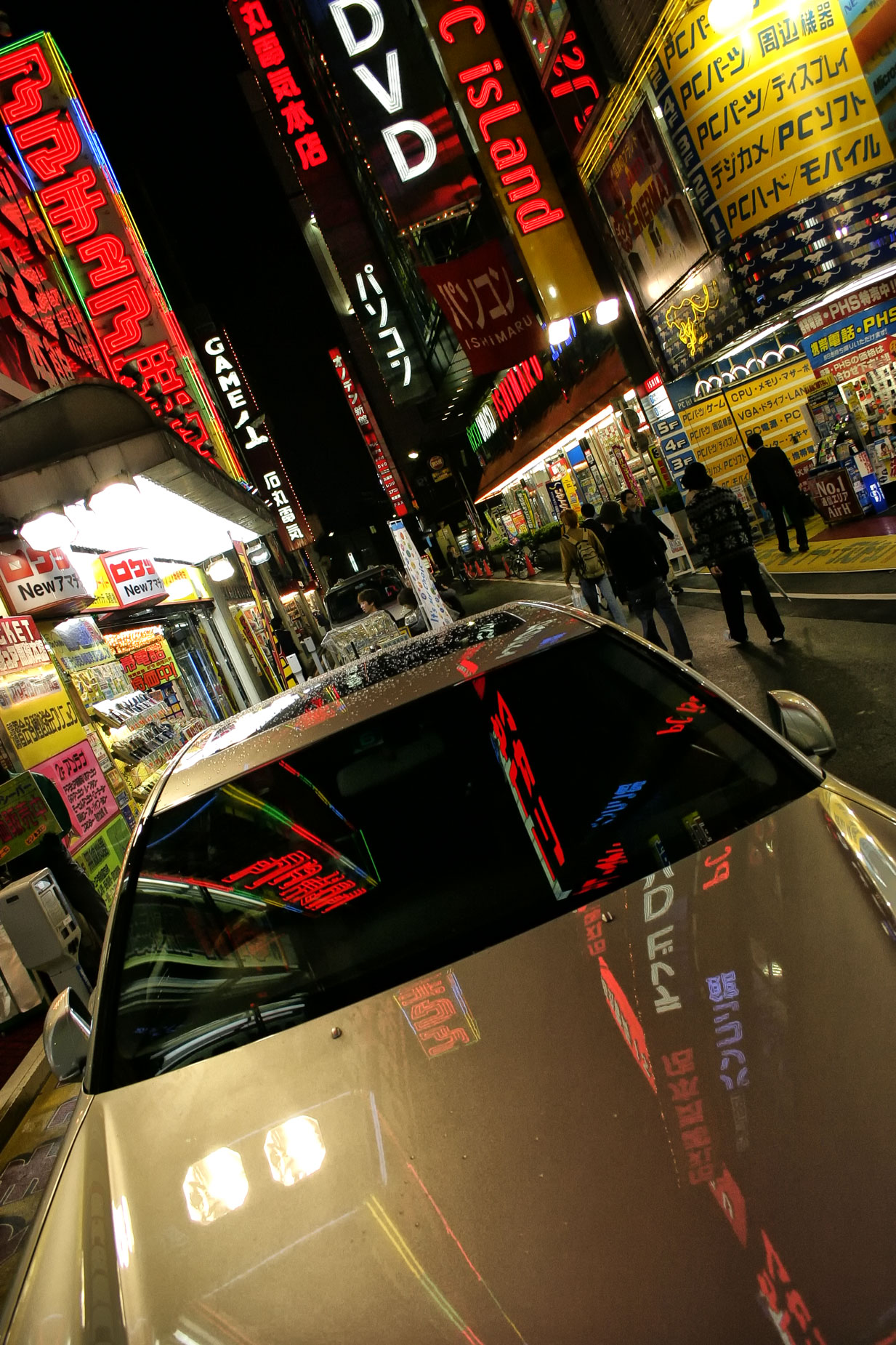Today’s Post by Joe Farace
“I like it where it gets dark at night, and if you want noise, you have to make it yourself.” ― Fuzzies and Other People
 As DSLRs and mirrorless cameras get better and better, the latest models keep offering higher and higher ISO settings. The Pentax K-1 Mark II, for example, has a high—not extended—ISO of 819,200. That’s not a typo.
As DSLRs and mirrorless cameras get better and better, the latest models keep offering higher and higher ISO settings. The Pentax K-1 Mark II, for example, has a high—not extended—ISO of 819,200. That’s not a typo.
At the same time, these newer cameras are also getting better and better at coping with digital noise, with most not only having cleaner high ISO results but in-camera noise reduction that works extremely well depending on the cause of the noise and the camera used.
Like grain in film photography, digital noise has many causes for photographers using DSLRs and mirrorless cameras. Here are a few of the most common porblems:
 Accumulative noise increases during long exposures that are made at high ISO settings, in other words your typical night time photography scenario. The amount of noise varies with the subject’s color and brightness and is different for most digital cameras depending on the size of the sensor. It’s more obvious in underexposed areas where it’s spread across the frequency spectrum.
Accumulative noise increases during long exposures that are made at high ISO settings, in other words your typical night time photography scenario. The amount of noise varies with the subject’s color and brightness and is different for most digital cameras depending on the size of the sensor. It’s more obvious in underexposed areas where it’s spread across the frequency spectrum.
Amplified noise is caused by using high ISO speeds and is the digital equivalent of “pushing” film to achieve greater sensitivity.
Dark noise is produced by heat produced by the camera’s sensor. There’s not much heat when you make a single image but when shooting rapidly in continuous mode there isn’t enough time between captures to dissipate the heat that’s generated. So heat is collected along with the data from light passing through the lens and added to the image.
Random noise is created by fluctuations within the camera’s circuitry or even from electromagnetic waves (sunspots?) outside of the camera.
Signal noise is caused by fluctuations in the distribution of how light strikes an image sensor. There also other sources of external noise, including “pixel death” that is pronounced at high altitudes.
Here’s a few tips you can take to reduce noise before making a digital photograph:
- Avoid placing any external battery packs close to the camera. Some battery packs contain transformers that raise voltage levels to produce faster flash recycling but they also emit electromagnetic interference, which can result in banding.
- Avoid taking pictures close to strong sources of electromagnetic energy. I’ve been told that it’s common to see banding in images shot from the observation deck at the Empire State Building in NYC due to the presence of all the antennas at the top of the building.

Here in the USA you can picking up a copy of the book that I wrote with my friend Barry Stave called Better Available Light Digital Photography. It’s available at prices starting at $8.83 from Amazon, as I write this. the Kindle price varies from $25.88 to $95.